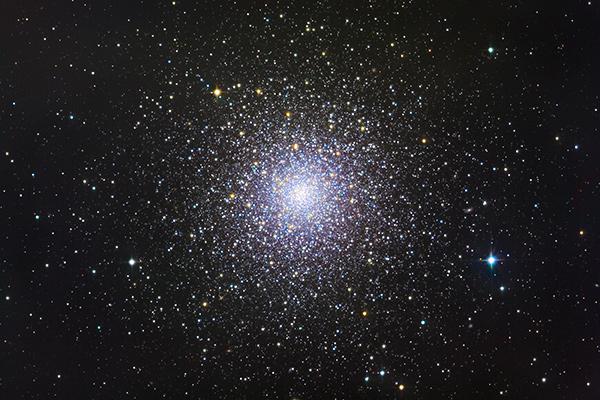
On Globular Cluster Formation
Globular clusters, which are agglomerations of millions of stars that are relics of the early universe forming within the first 1 billion years after the big bang, were once perceived as no more than single-age, single-chemistry stellar populations. Due to advances in observational techniques, they are now well-established to host “second-generation” stars, which show anomalous abundances in some or all of the elements He, C, N, O, Na, Al, Mg, etc. Stars with such abundances have never been observed to form in the local universe.
The simplest explanations for these phenomena typically require the globular clusters to have been ~20x more massive at birth and to have been enriched by processes that are not consistent with the theoretical predictions of massive star chemical synthesis models. These models also require these processes to be de-activated in the local universe. The library of observations is now a vast one, yet there has been comparatively little progress in understanding how globular clusters could have formed and evolved. In this talk, I discuss two new insights into the matter. First, I report on globular cluster chemical abundances that combine APOGEE and literature data for 42 globular clusters, new trends with globular cluster mass are identified. I will discuss the chemical properties of former globular cluster stars that are now part of the field population, and what can be learned. Finally, using updated, state-of-the-art, massive-star stellar-evolution models from the Padova group I make predictions for the upcoming and inevitable JWST observations of young globular cluster progenitors in their starburst progenitor phase.
